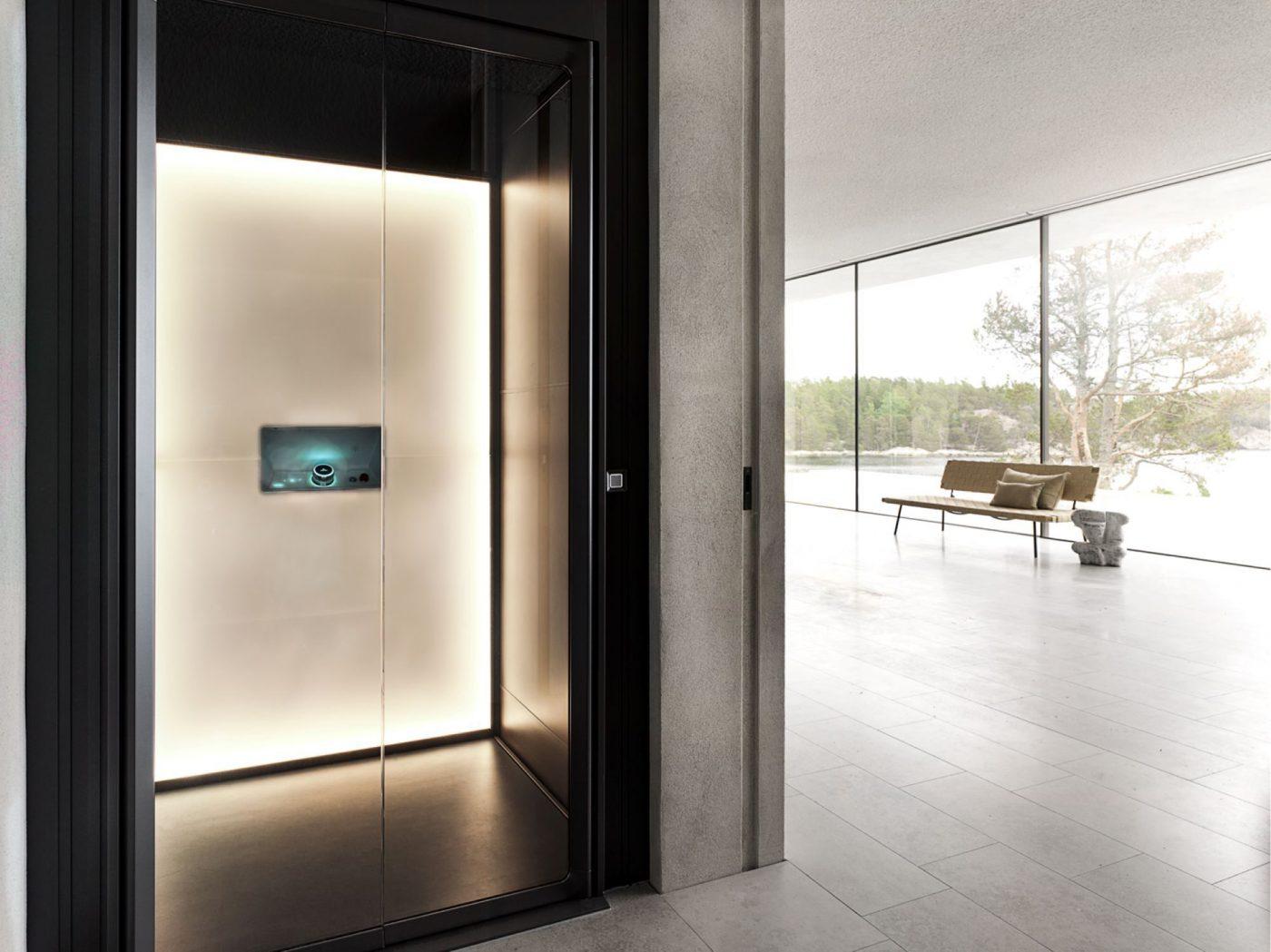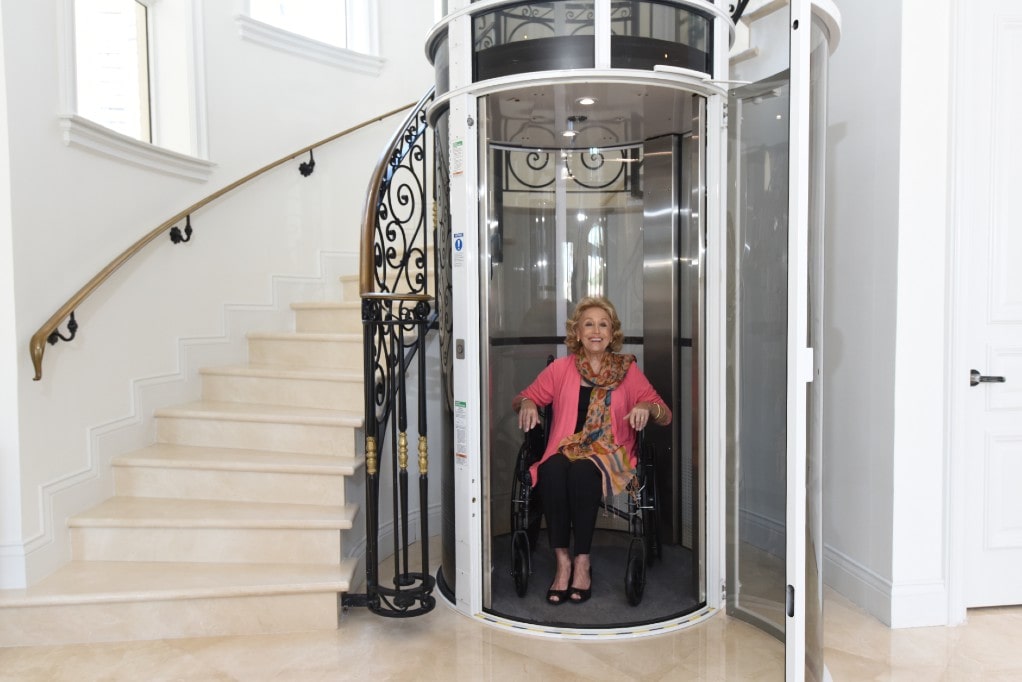Discover Reputable Lift Repair Near Me for Rapid and Affordable Solution
Discover Reputable Lift Repair Near Me for Rapid and Affordable Solution
Blog Article
Unwinding the Complexities of Lift Modern Technology: Troubleshooting Common Troubles Throughout Lift Models
In the world of lift modern technology, a myriad of complexities usually lie below the surface of what seems an uncomplicated mechanism. From slow operation problems to strange sounds rising from the equipment, repairing common problems across various lift designs demands a keen eye for detail and a methodical technique - repair and maintenance services. As we start this trip to untangle the intricacies that can torment these important devices, a deeper understanding of the inner workings and potential pitfalls of lift innovation is important. Remain tuned as we navigate through the labyrinth of lift malfunctions, seeking solutions to the enigmatic problems that can interfere with the smooth performance of these crucial apparatuses.
Identifying Slow Procedure Issues

Following, examine the electric links to ensure that all components are correctly connected and functioning. Malfunctioning circuitry or loosened links can result in slow down operation or complete breakdown of the lift system. In addition, it is necessary to examine the control system to establish if the problem lies in the programming or sensors.
If the aesthetic evaluation and electric checks do not disclose the origin cause of the sluggish procedure, additional analysis examinations might be required. These could consist of stress tests for hydraulic systems, voltage examinations for electric components, or running analysis software program for the control system. repair and maintenance services. By complying with a systematic approach to repairing sluggish procedure problems, you can efficiently identify and settle the issue, guaranteeing the lift runs safely and effectively
Attending To Unusual Sounds
To successfully troubleshoot lift modern technology for unusual sounds, an extensive examination of the lift parts following the recognition of slow procedure concerns is critical. Unusual sounds in lifts can be indicative of underlying troubles that require timely attention to make sure the safety and dependability of the system. Usual sources of odd sounds in lifts include worn-out or misaligned pulley-blocks, damaged motor bearings, broken or loosened suspension ropes, and malfunctioning control systems. When resolving unusual sounds, it is vital to carry out a methodical inspection of these elements to identify the specific root cause of the noise precisely. This might involve inspecting for any kind of noticeable signs of wear and tear, checking the capability of electric motor bearings, tightening loose connections, and lubing relocating components as needed.
In addition, it is critical to describe the lift supplier's upkeep standards and look for help from certified professionals when managing intricate lift elements or unknown troubleshooting procedures. By immediately dealing with odd noises and dealing with underlying concerns, lift drivers can guarantee the optimal performance and safety of the lift system for operators and passengers.
Resolving Faulty Control Troubles
A reliable method for addressing damaged control issues in lift technology includes carrying out a thorough evaluation of the control system's components and capability. When coming across issues with lift controls, it is vital to first look for any type of loosened connections, harmed electrical wiring, or malfunctioning sensors. Confirming that all control display screens, buttons, and keypads are functioning properly is additionally important in identifying the trouble accurately.
If no visible concerns are apparent, service technicians ought to continue to check the control board for any signs of water deterioration, damage, or overheating, as these can frequently cause manage breakdowns. In addition, resetting the control system or upgrading the software may help fix specific glitches or insects triggering the issue.

Tackling Hydraulic System Malfunctions
The performance of hydraulic systems in lifts depends greatly on the proper performance of various elements within the system. When hydraulic systems breakdown in lifts, it can cause operational interruptions and safety and security issues. One usual issue is hydraulic fluid leak, which can occur because more info here of damaged seals, loosened connections, or harmed cyndrical tubes. To tackle this problem, service technicians need to conduct a complete inspection to determine the source of the leak and change any type of defective parts promptly.
An additional frequent hydraulic system malfunction is a loss of pressure, which can result from air going into the system, fluid contamination, or pump ineffectiveness. Professionals can resolve this by hemorrhaging the system to remove air, replacing contaminated fluid, or servicing the pump as needed. Additionally, irregularities in hydraulic fluid levels or unusual sounds throughout lift procedure might show underlying system breakdowns that require immediate attention to stop further damage. Normal upkeep and prompt troubleshooting of hydraulic system concerns are critical to ensuring the safe and reliable procedure of lift innovation.
Managing Electric Component Failings
Attending to electrical part failings in lift innovation necessitates an organized method to diagnosing and settling problems to maintain functional performance and safety criteria. When coming across electrical issues in lift systems, it is essential to initial carry out a comprehensive examination of the electrical components, including control board, electrical wiring, sensing units, and circuit card. Any kind of indications of damage, rust, loosened connections, or burned aspects need to be thoroughly kept in mind and dealt with without delay to avoid more problems.
In the instance of electrical component failures, it is important to follow producer standards for troubleshooting and repair service treatments. This may include examining the components utilizing multimeters, oscilloscopes, or other analysis devices to pinpoint the precise resource of the malfunction. Furthermore, having a detailed understanding of the lift's electric schematics and wiring diagrams can aid in determining and correcting problems effectively.
Normal upkeep and assessment timetables can aid stop electric failures by spotting potential issues early on. Proper training for lift service technicians on electrical systems and parts is also essential to ensure accurate diagnosis and effective resolution of electrical problems, ultimately contributing to the overall security and dependability of lift operations.
Conclusion
In conclusion, troubleshooting lift technology requires a systematic approach to identify and address usual troubles such as slow-moving procedure, odd noises, defective controls, hydraulic system malfunctions, and electrical part failings. By comprehending the complexities of lift technology and following correct fixing steps, specialists can effectively resolve concerns and make certain the risk-free and effective procedure of lifts across numerous designs.
To efficiently troubleshoot lift modern technology for odd noises, a comprehensive examination of the lift parts complying with the recognition of sluggish operation concerns is imperative. Odd noises in lifts why not look here can be a you can look here measure of underlying issues that require timely attention to make certain the security and integrity of the system.An efficient strategy for attending to defective control troubles in lift technology entails conducting a thorough assessment of the control system's parts and functionality.The performance of hydraulic systems in lifts relies heavily on the correct functioning of different components within the system. repair and maintenance services. When coming across electric problems in lift systems, it is vital to first carry out a thorough evaluation of the electric components, including control panels, circuitry, sensing units, and circuit boards
Report this page